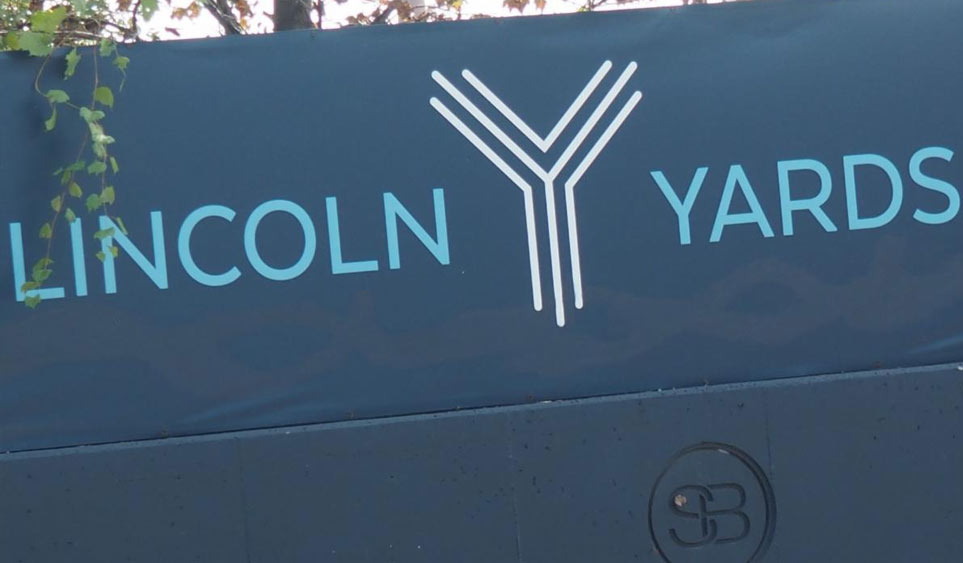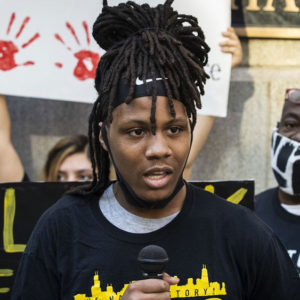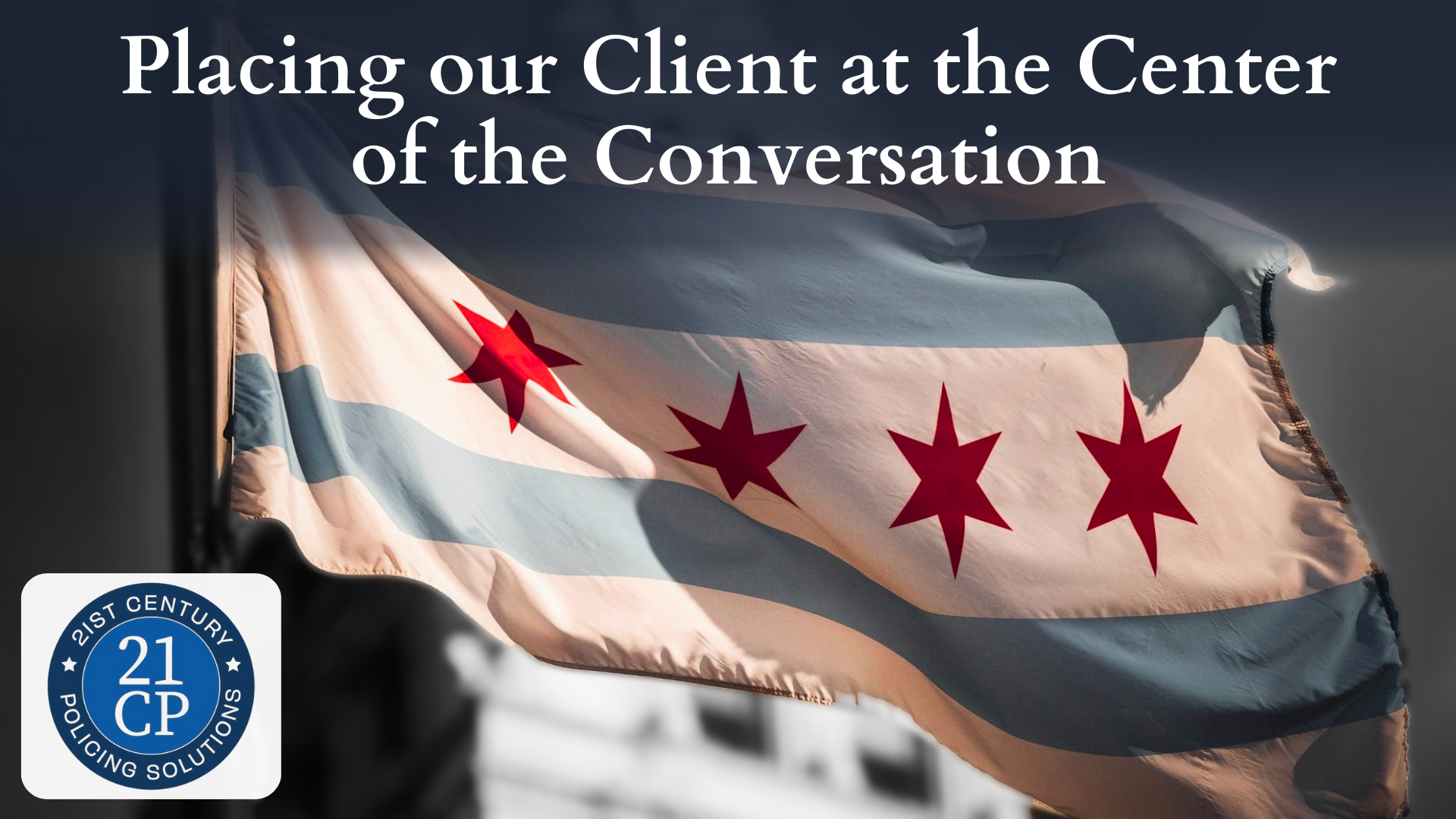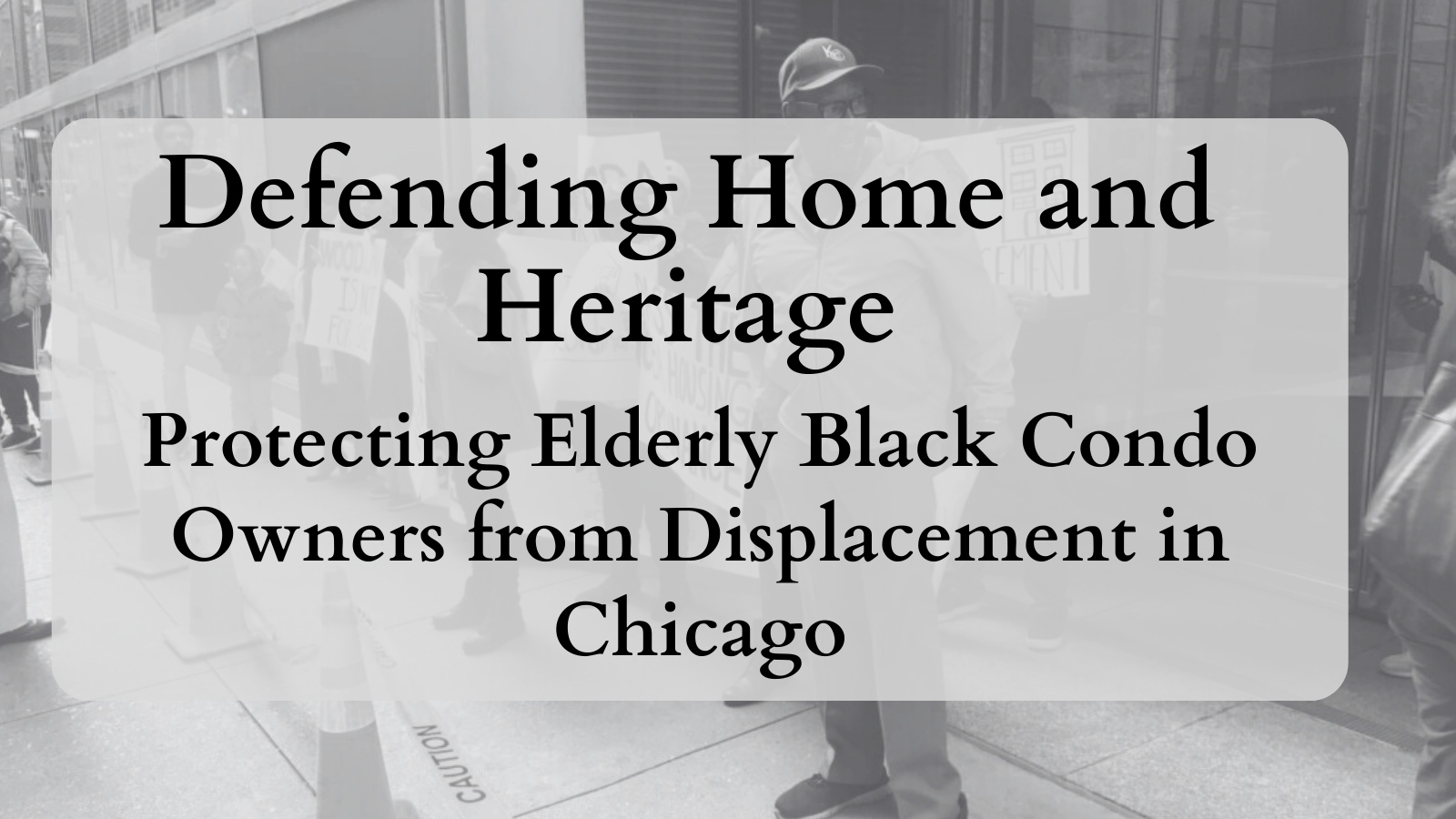CIVL Versus Sterling Bay/Lincoln Yards 2018/19 The Power of People, Messaging & Movement Building
Chicago loves music. And the world loves Chicago’s music. From blues to opera, rock to jazz, classical to gospel, hip-hop, house, soul, you name it: The Windy City’s influence is heard and felt in songs, arias and raps all around world.
This didn’t happen by accident. While our world-famous classical music jewels — the Chicago Symphony Orchestra and Lyric Opera of Chicago — make magic in beautiful halls downtown, our music scene has always thrived on small, much-loved independent venues.
The owners of those North Side venues saw a threat coming in 2018 when entertainment behemoth Live Nation proposed to get in on the action. The conglomerate would own and operate up to five music venues in a 55-acre megaproject dubbed Lincoln Yards. Developer Sterling Bay sought City Hall’s approval to build a city within a city on precious land along the Chicago River that used to support a steel plant and other industrial buildings. Lincoln Yards would bring office towers, residential high-rises, parkland, a soccer stadium, restaurants and entertainment venues — and thousands of new residents and congestion.
Chicagoans in nearby neighborhoods wondered why the city was rushing to approve the massive, $6 billion plan, with little direct community input. Open space proponents wondered what happened to the plan for a city park along the river. Education advocates wondered what affect this would have on the city’s schools. And Chicago’s independent music venues knew what the arrival of Live Nation would do, not just to their businesses, but Chicago’s music scene.
Live Nation typically books only big-name, established music acts and has a history of draining the life out local music communities. The ferment of Chicago’s lively, innovative, experimental, uniquely creative and sometimes underground music and comedy scene, incubated in the bars and clubs tucked into nearly every one of the city’s diverse neighborhoods, was endangered.
A few of the music-venue owners came to Thinkinc. for help. They formulated a plan that began with organizing the Chicago Independent Venues League. Once formed, CIVL and Thinkinc. formulated a strategy to get Live Nation and large entertainment venues dropped from Sterling Bay’s master plan.
When we looked at that master plan, we saw an opening. The project needed roads, bridges and other infrastructure, and much of that money would come from a controversial source: Tax Increment Financing.
The end of Mayor Rahm Emanuel’s term in office was drawing near, spurring the developer and the city into a headlong rush to get a TIF district approved. Here was the political leverage we needed.
First, we reached out to other potential allies to build a larger table to encourage the city to slow down the TIF process. CIVL members were part of a national organization that worked with venues in cities not just across the country but internationally. They were fighting the globalization and corporatization of the music industry and we were able to develop an informed platform of requests from best-practices already being considered in New Orleans, Washington D.C., Canada and England.
Working with key organizations from the environmental movement (Friends of the Park), education, housing and other community-based groups, we began messaging, repeatedly pointing out that TIFs were intended to send taxpayer money to blighted, neglected areas so they can get the road repairs and other infrastructure the community needed to attract business and spark a rebound. TIFs are not intended for developments like Sterling Bay’s megaproject.
The Grassroots Collaborative, a collation of union and community-based organizations, was already raising equity issues around Lincoln Yards. We reached out to them and other groups citywide.
This was really an equity issue that affected not just the Near North Side but the entire city of Chicago. We made arguments for why TIFS were no longer a progressive solution for economic development. They had turned into a slush fund for developers and City Hall while schools, streets, parks, affordable housing, transportation and other public services were being compromised.
Residents and CIVL’s nightclub patrons caught on and rallied to protest the fast-tracking of the project. Created by the Raise Your Hand coalition, #DelayTheTIF became a mantra to urge the City Council to postpone final approval for a couple of months until the newly elected council and mayor could thoroughly vet the project.
Suddenly people woke up to what was going on. A community organizer was hired by a local religious institution to build a coalition that would oppose the developer, CIVL joined and Thinkinc. provided strategic communications services and helped build a citywide movement that raised questions about the use of TIFs, the process for approving major development projects and the kind of city we want to live in. Would mega-corporations call the shots, or would residents have a say?
In just a couple of short weeks we ramped up a social media presence, a website to gather thousands of signatures on a #DelayTheTIF petition to City Hall. We talked with journalists to explain nuances of #DelayTheTIF and organized news conferences where CIVL’s voice with other actors were heard and amplified. Aldermen and mayoral candidates responded, some joining the call to slow down the vetting process.
That fighting spirit got Sterling Bay — and City Hall — to listen more carefully to residents and advocates for the various interests in the coalition. This movement had spun into much more than protecting Chicago’s beloved music scene and treasured independent venues. This was about following due process, demanding transparency from companies that want to spend taxpayers’ money and above all, listening — really listening — to the people affected most.
After about two months, CIVL and allies got Sterling Bay to compromise. Gone were the planned soccer stadium and Live Nation entertainment venues. The developer agreed to trim building heights and build affordable housing in the footprint of the megaproject and within three miles of it and create more jobs for people of color in the development process. The area set aside for open lands was expanded and a commitment was made to guarantee public access.
Now part of a broad coalition of organizations and individual allies, CIVL helped push the Lincoln Yards project to the brink. In early April 2019, just four months after CIVL became an entity, Mayor-elect Lori Lightfoot called on aldermen to table the project until her administration and the new council could take office.
The project finally was approved, but only after significant concessions were made and our clients got nearly everything they wanted.
Others, such as journalist Ben Joravsky and Tom Tresser with the TIF Illumination Project, have worked for years to raise the specter of TIFS and their impact on community and economic development. But, after this campaign, informed Chicagoans know what they are and will be able to prevent them from being abused in the future.
We believe in the power of organizing. If you have a great idea, build a strategy that broadens your base, share power and develop strong messaging that resonates with people, and then stay on point, you can literally fight City Hall.
What was key in building this campaign was identifying partners whose self-interest corresponds with your own. Alone, CIVL may never have gotten the concessions that were achieved. But in alliance with other organizations, we were able to build a powerful, broad-based, citywide movement around equity that aligned with a cross-section of players.
Also, we advised our clients to follow an “inside and outside†strategy. While building public awareness and momentum we also encouraged them to talk with the mayor’s office and to influence those on the inside who were decisionmakers at the time. And, while members of CIVL were suddenly thrust into the spotlight we worked with them on their own leadership development and spokesperson training.
You can fight for what’s right on your own, but if you want to make systemic change, Thinkinc. is here to assist. #healingthroughaction







